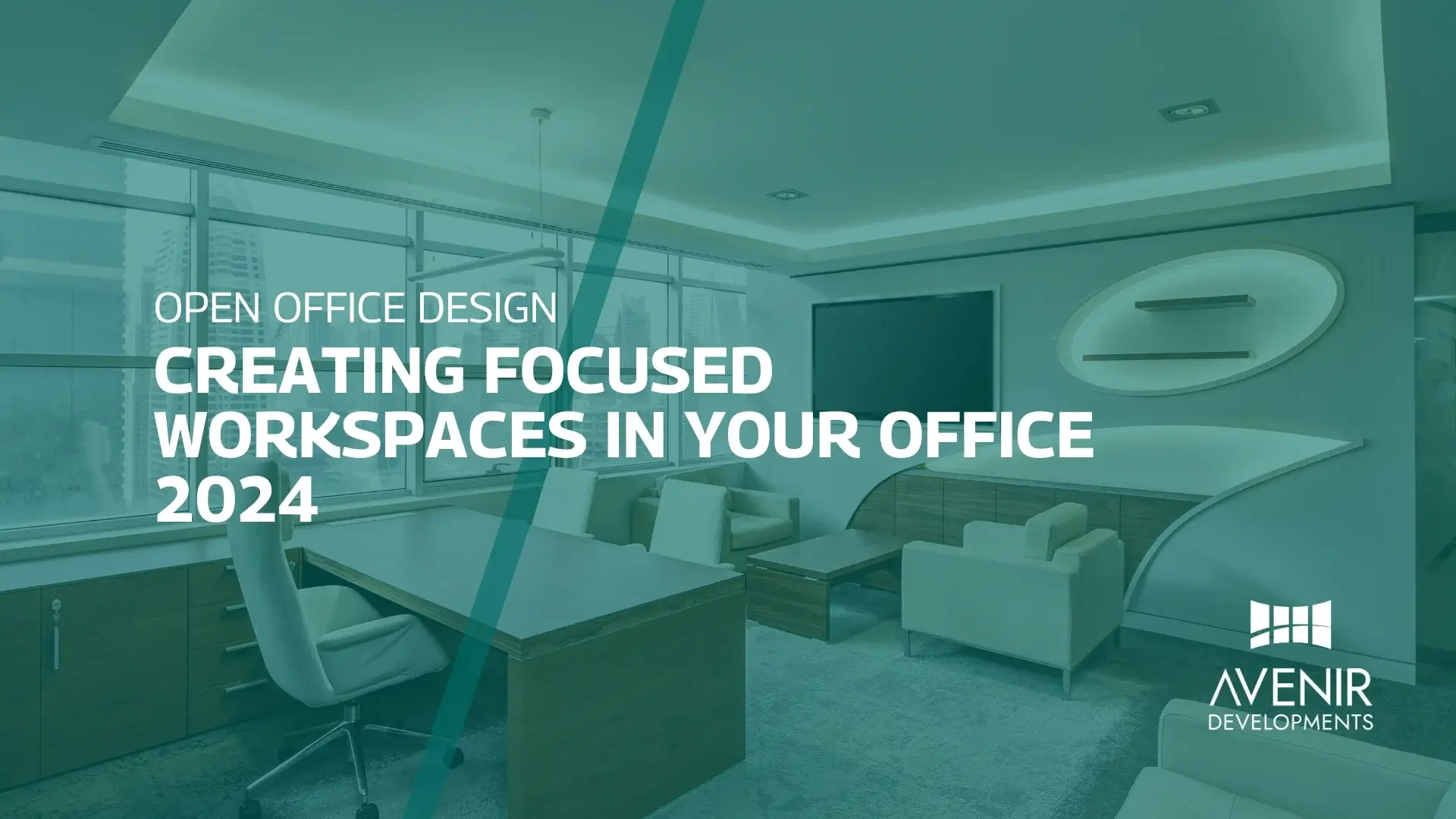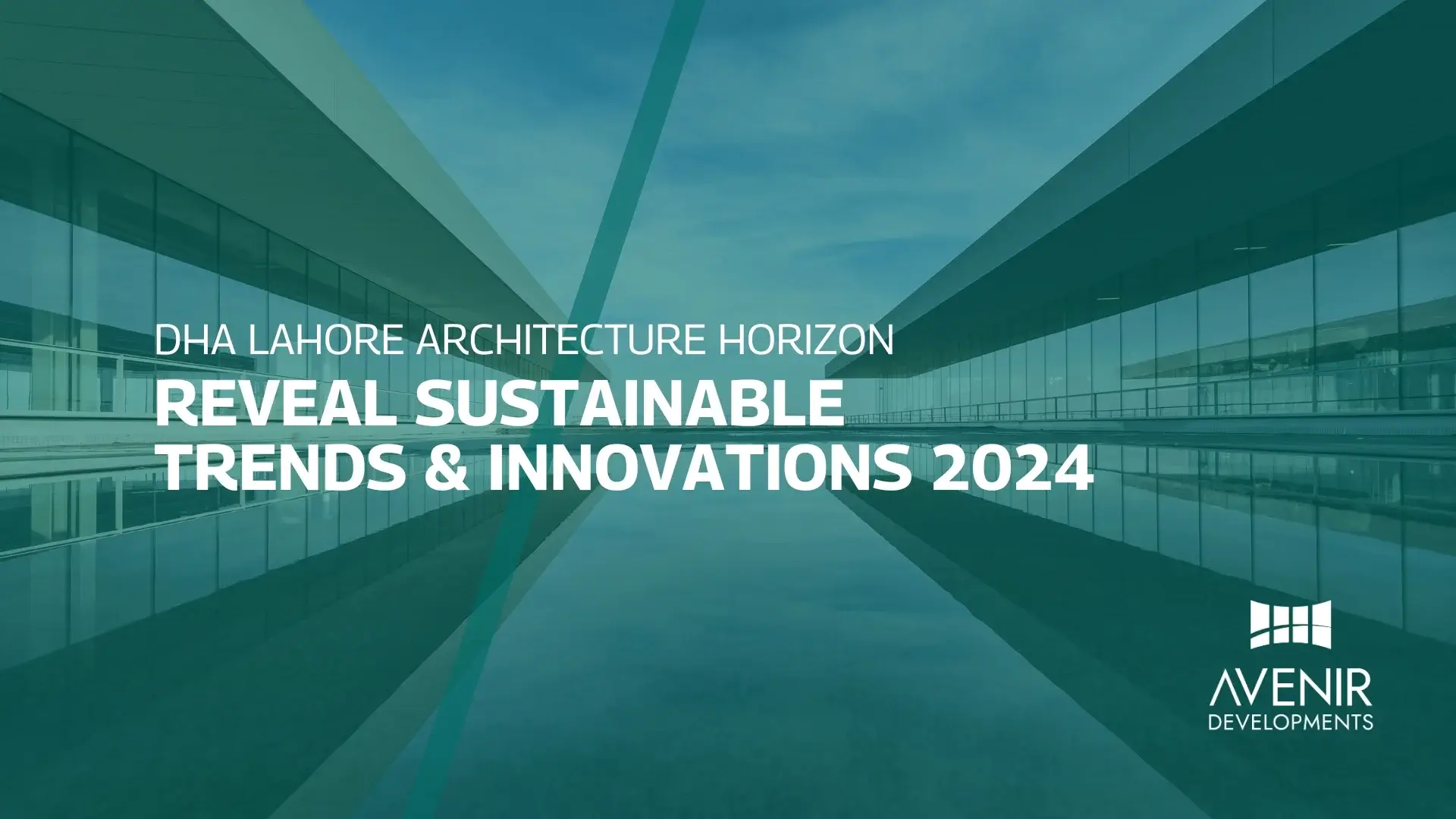Ever felt a monsoon breeze whoosh through your hair, carrying the sweet scent of rain-soaked earth? Monsoon season in Islamabad can be a sensory explosion, and it’s a time when I’m particularly grateful for the ingenious ways our architecture here has adapted to this unique climate. It’s not just about aesthetics; it’s about creating comfortable, sustainable spaces that thrive in the heat, humidity, and downpours.
As a blogger who’s been following architectural trends in Pakistan for years, I’m excited to delve into the fascinating world of tropical architecture in Monsoon Asia. This isn’t just about staying cool during the sweltering summers; it’s a holistic approach to building that respects the environment, embraces cultural traditions, and fosters a sense of community.
A Symphony of Climate and Culture
Tropical architecture encompasses the design principles and practices used in regions with hot, humid climates and distinct wet and dry seasons. Monsoon Asia, stretching from India to Southeast Asia, experiences these conditions in spades. The focus here is on creating buildings that are:
- Climate-responsive: Think passive cooling techniques to combat the heat, like strategically placed windows for cross-ventilation, overhanging eaves to shade walls, and courtyards that encourage natural air circulation.
- Sustainable: Locally sourced, low-impact materials like bamboo, timber, and clay bricks are often used. These materials breathe better than concrete, keeping interiors cooler.
- Culturally Sensitive: Traditional design elements like verandas, courtyards, and open floor plans reflect the social fabric of Monsoon Asian societies, where indoor-outdoor living and community spaces reign supreme.
The Evolving Landscape of Tropical Architecture
Tropical architecture in Monsoon Asia is far from stagnant. Here are some exciting trends shaping the future:
- Neo-Tropical Modernism: This movement reimagines the clean lines of mid-century Modernism with a focus on local materials and environmental considerations. Architects are experimenting with bamboo structures, incorporating water features, and using vegetation for natural cooling.
- Smart Technologies: Building automation systems, solar panels for energy generation, and rainwater harvesting are becoming increasingly common. These technologies enhance sustainability and create more comfortable living environments.
- Urban Greening: Integrating greenery into buildings, both on rooftops and facades, is a growing trend. This not only improves aesthetics but also reduces the urban heat island effect and promotes air quality.
A recent report by the World Green Building Council [consider citing a specific report here] highlights the growing demand for sustainable design practices in Asia. Governments in the region are also introducing policies that incentivize energy-efficient buildings.
Demystifying Tropical Architecture: FAQs
Here are some common questions about tropical architecture in Monsoon Asia:
- Q: Is it all about keeping cool? A: While staying cool is a primary concern, tropical architecture also needs to accommodate the heavy monsoon rains. Waterproofing materials, proper drainage systems, and elevated foundations are crucial aspects.
- Q: Are traditional houses still relevant? A: Absolutely! Traditional designs offer valuable insights into passive cooling techniques and sustainable practices. Modern architects often incorporate these elements into contemporary structures.
- Q: How can I incorporate tropical design principles into my home? A: Start with maximizing natural light and ventilation. Look for ways to introduce plants into your living space. Consider using natural materials like bamboo furniture and breathable fabrics for curtains.
Expert Tips: Bringing Tropical Architecture Home
As a blogger who’s constantly learning about architecture, here are some tips I’ve picked up:
- Work with a local architect: They’ll understand the specific climate challenges and traditional design elements of your region.
- Embrace natural materials: Explore options like bamboo, terracotta, and locally sourced timber. These materials not only create a beautiful aesthetic but also regulate indoor temperatures naturally.
- Embrace the outdoors: Blur the lines between indoor and outdoor spaces. Create inviting courtyards or balconies with ample shade.
- Invest in passive cooling techniques: Strategically placed windows, skylights, and windcatchers can significantly improve air circulation.
- Don’t forget the greenery: Plants not only beautify your space but also act as natural filters, improving air quality.
Conclusion: Where Comfort Meets Sustainability
Tropical architecture in Monsoon Asia is a fascinating interplay of climate, culture, and innovation. It’s a testament to human ingenuity and our ability to create comfortable, sustainable spaces that harmonize with the environment.
Call to Action:
Inspired to incorporate some tropical design elements into your own home? Here at Avenir Developments, our team of experienced architects and designers is passionate about creating spaces that not only look stunning but also live in perfect harmony with the Monsoon Asian climate. We specialize in incorporating the latest advancements in sustainable design and passive cooling techniques.
Whether you’re looking to build a brand new home, renovate your existing space, or simply get expert advice on incorporating tropical design elements, we’re here to help.
Contact Avenir Developments today!
- WhatsApp: +923001101103
- Call: +923001101103
Our team is eager to discuss your vision and bring your dream Monsoon Asian-inspired haven to life.






